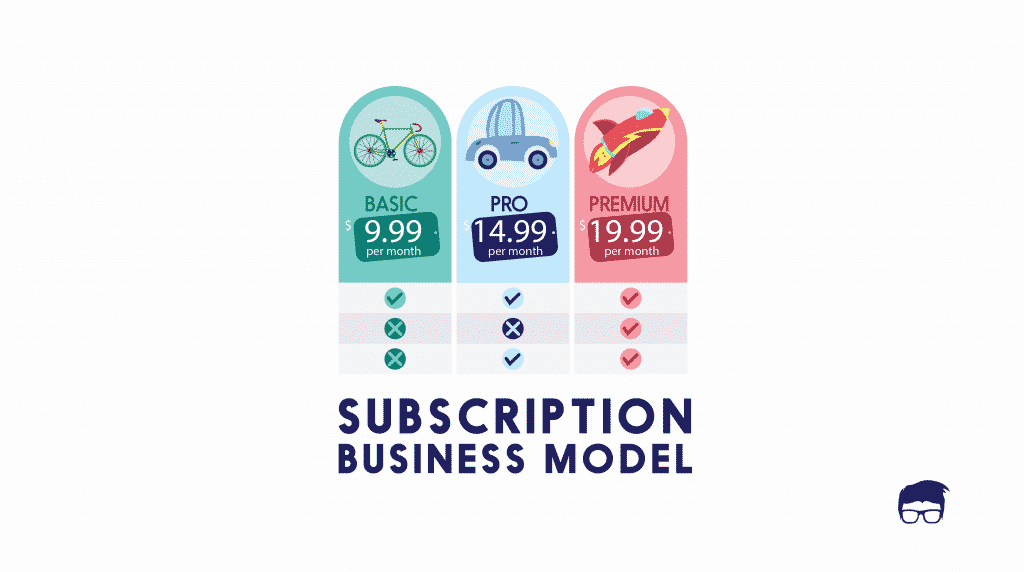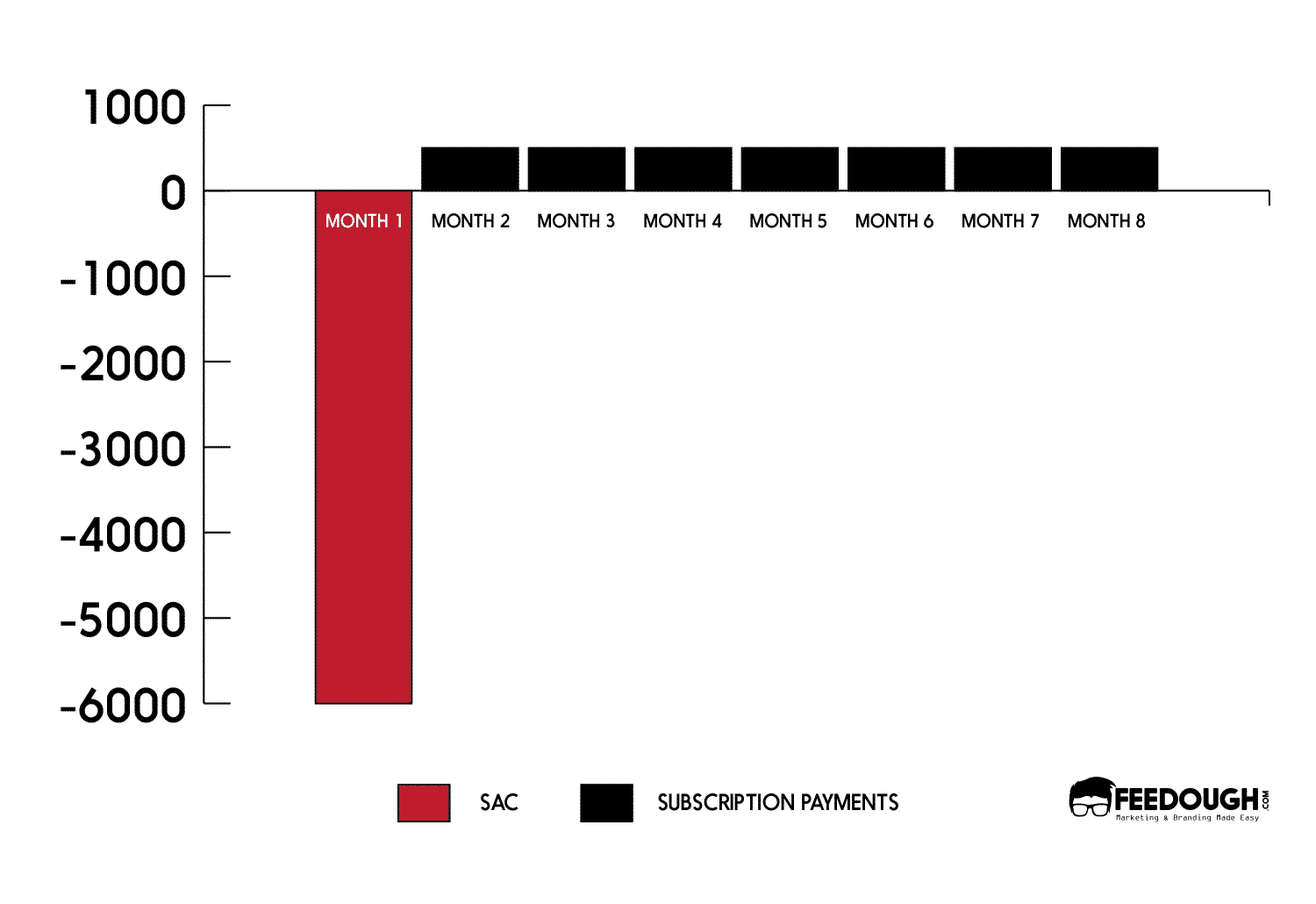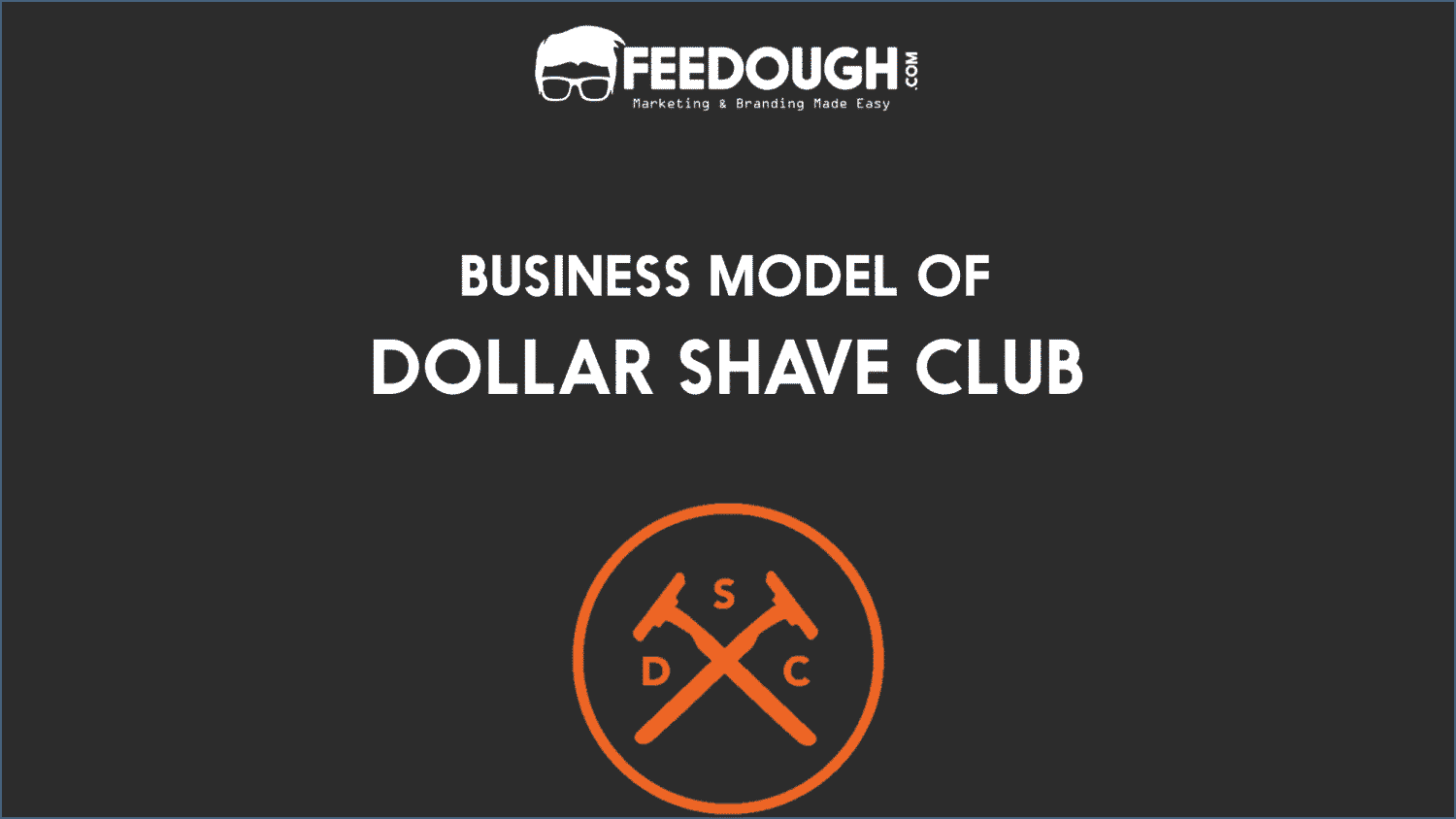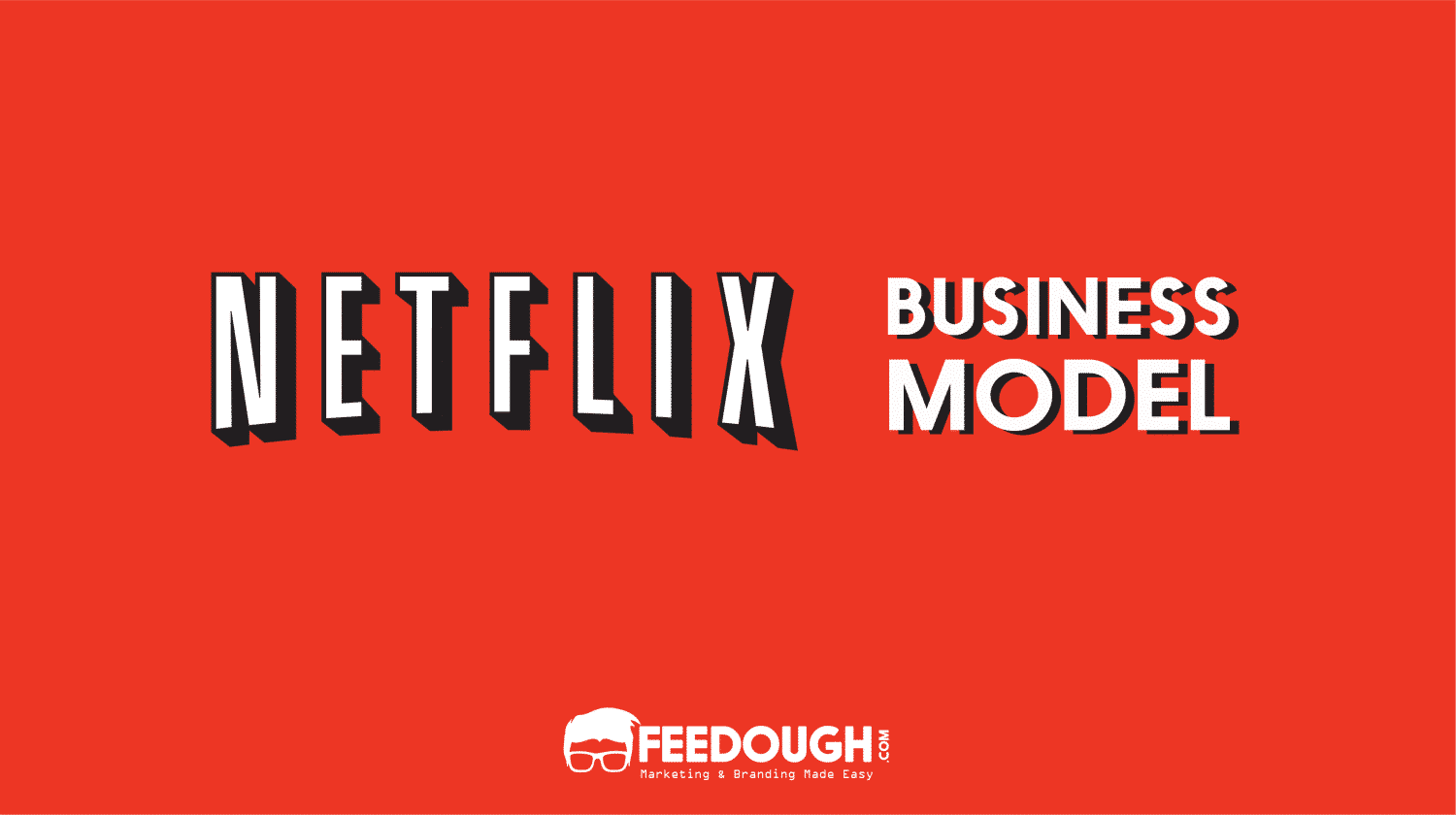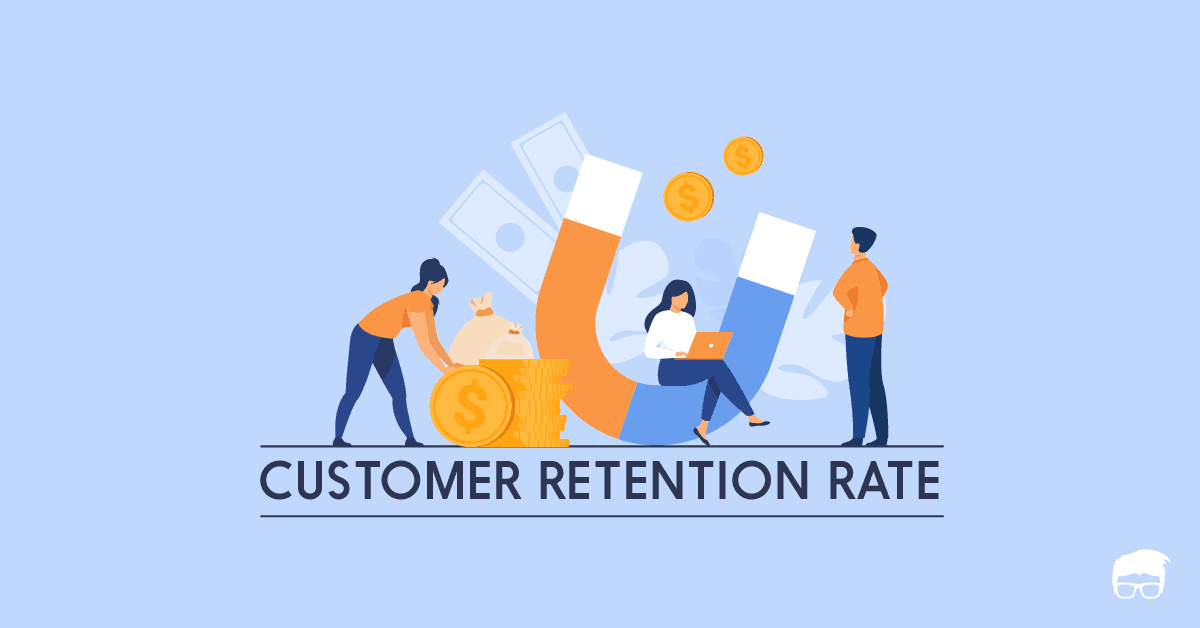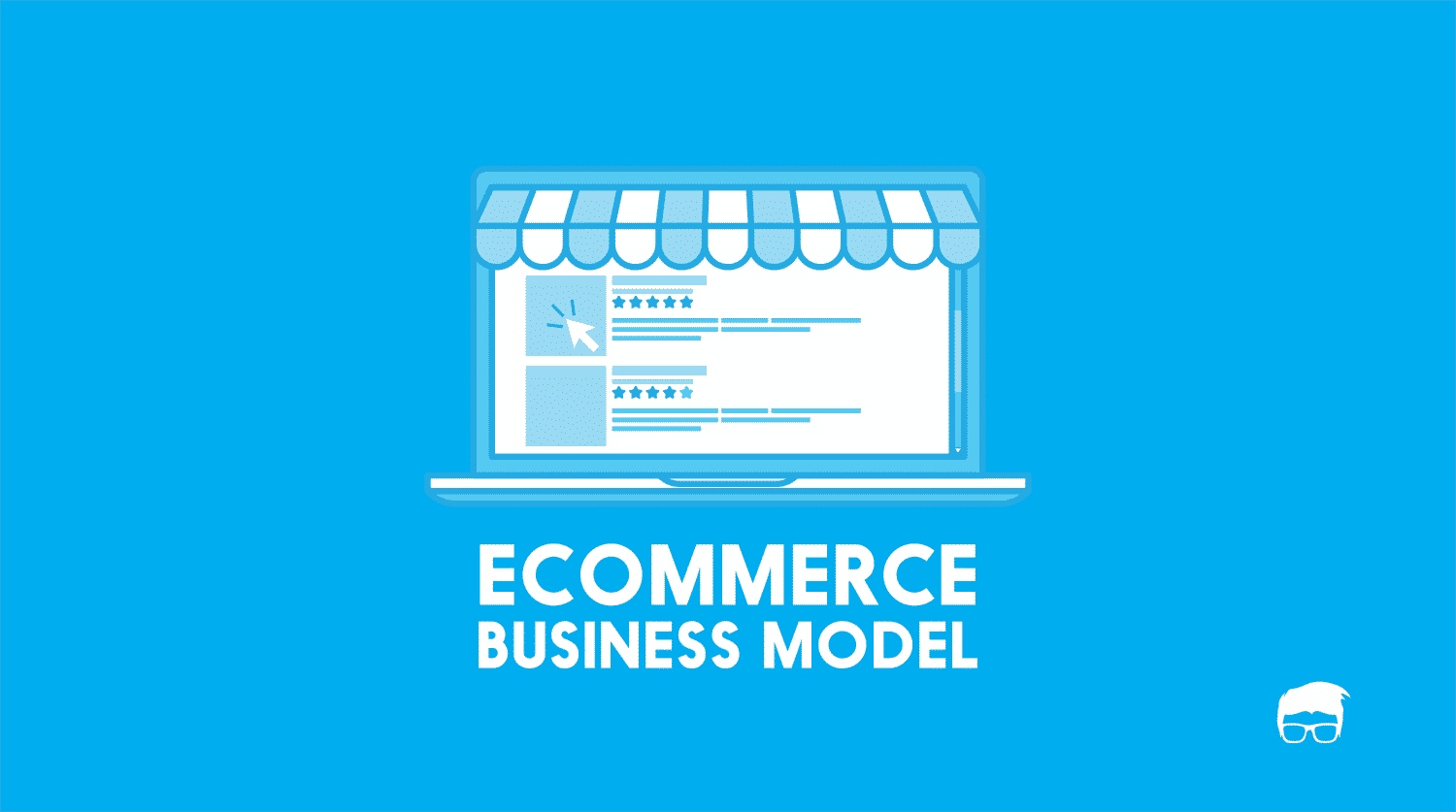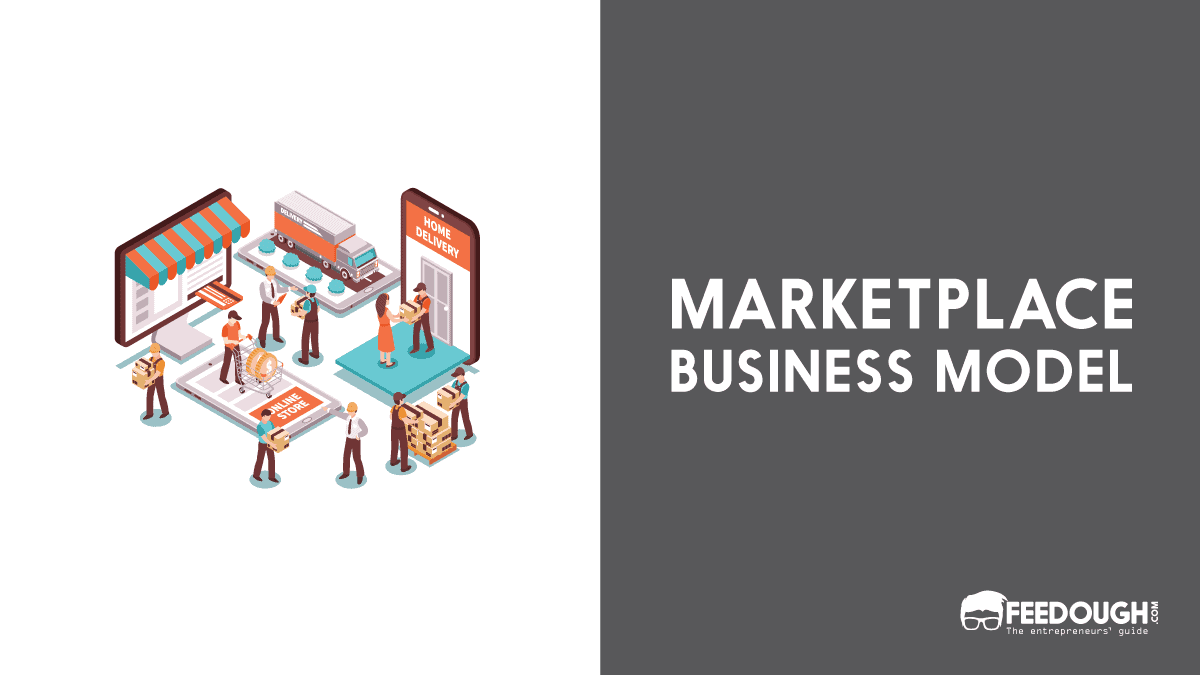What comes to your mind when you read the word ‘Subscription’?
Is it Newspaper? Gym? Internet? Reader’s Digest? Or is it Netflix? Spotify? Dollar Shave Club? Amazon Prime? Ipsy? Blue Apron? Weight Watchers?
The subscription business model is booming. More businesses are trying to sell their products and services to customers through subscription plans than ever before. According to Digiday, there was a 2963% growth in the total monthly visitors to subscription box sites between January 2013 and January 2016. The overall subscription industry is growing at an annual rate of whopping 200%.
Let’s dive more into this membership economy to know more about what made it attract millions of users within just a few years.
What Is Subscription Commerce?
Subscription commerce refers to trading activities where the customer receives the product periodically or have periodic access to the services by paying a subscription fee.
Instead of conducting a repeated purchase of the same product, the customer pays for a subscription plan where he gets the product delivered to him automatically after a certain time period. The customer either pay for the future use in advance or allow the seller to deduct the subscription amount from his account and maintain an uninterrupted supply of product or service.
The Subscription Business Model
The subscription economy is not the same as it was 20 years ago. The business model has moved forward from newspapers, magazine, DVDs, and has disrupted the ecommerce sphere. From shaving razors to socks, from movie streaming to harry potter collectables, there are over 2000 consumer focused subscription businesses operating in the USA alone.
The easiest way to understand how subscription business model works is by examining the magazine business model where the companies instead of selling the product as a one-time purchase, offer the customers to purchase a periodic subscription of the magazine which ranges from few months to few years. The offer is crafted in such a way that it is a win-win situation for both the parties as the customer gets a discount on purchasing a longer-term subscription and the company gets a loyal customer who’ll not go anywhere till his subscription lasts.
Today, this business strategy has become a backbone of many industry giants like Netflix, Spotify, and thousands of subscription box startups too.
How Subscription Business Model Works?
One of the biggest advantages of having a niche subscription model is the presence of loyal customers. This makes the working model of a subscription business different from the traditional trading model as there are many new costs and revenue streams added to the system.
SAC: SACis the subscriber acquisition cost which is the aggregate cost (marketing costs + outsourcing cost + other costs like sales commissions, installation, etc.) of acquiring one subscriber.
MRR: Monthly recurring revenue is the amount of fixed revenue retained every month. It is a measure to calculate how well are the subscribers retained in the business. It is calculated by multiplying net users per month by the subscription fee.
Churn: Churn refers to the revenue lost and subscribers who’ve left. It is calculated by multiplying net users left per month by the subscription fee.
MRC: Monthly recurring costs are the cost incurred to earn the monthly revenue. These include expenses like customer care operational costs, customer complaints handling costs, etc.
LTV: Lifetime Value(LTV) is the total revenue earned per subscriber.
LTV = (Monthly Recurring Rev – Monthly Recurring Cost) x (1/Churn) – Subscriber Acquisition Costs
or
LTV = Monthly Cash Flow x Customer Months – SAC
The Economics Of Subscription Model
The economics of subscription business model is not much different from other business models. But the revenues are somehow more predictable. Suppose you provide a service for $100 per month for which your costs are $50. This result in monthly cash flow of $50 per user. But there are MRR churns which should be kept in mind while calculating the LTV. Let’s assume your monthly churn to be 2%. Take 1 and divide it by 2%, which gives you average customer months to be 50. This 50 months when multiplied by $50 monthly cash flow, results in an LTV of $2500 per customer. But we haven’t subtracted the subscriber acquisition costs till yet.
The SAC per user can be calculated by adding up all the costs related to marketing, sales, outsourcing, pieces of equipment, and third-party services by the number of users in this particular time period. Suppose SAC comes to be $1000 per user. This results in a profit of $1500 ($2500 – $1000) per user, which is great.
But there’s one setback to this model. You don’t recover most of your costs in the initial months of the service, which requires you to invest a lot in the initial months of your business.
The Rationale
The evolution of membership economy along with the evolution of e-commerce has brought a revolution in the retail industry. As customers are becoming busier day by day, this new model looks to be the most convenient way of conducting trade to them.
The vendors find it more appealing as there is no easier way to find a loyal customer than to offer him a subscription package. Plus, subscriptions are the new trend in the market.
Benefits Of The Subscription Model
The subscription-based business model has many lucrative advantages for both the parties.
To The Customers:
- It is a convenient trade as they don’t have to order again and again.
- Consistent monthly pricing helps them plan their budget accordingly.
- They even get discounts on purchasing the subscription of some products or services.
To The Vendors:
- The fact that a customer has to act to disconnect his subscription is an advantage as most of the times, inertia is in the vendor’s favour.
- The consistency of revenue is also a plus point for the vendor as he doesn’t see the massive swings in revenue and can plan and implement his strategies very well.
Go On, Tell Us What You Think!
Did we miss something? Come on! Tell us what you think about our article on subscription business model in the comments section.
A startup consultant, digital marketer, traveller, and philomath. Aashish has worked with over 20 startups and successfully helped them ideate, raise money, and succeed. When not working, he can be found hiking, camping, and stargazing.
